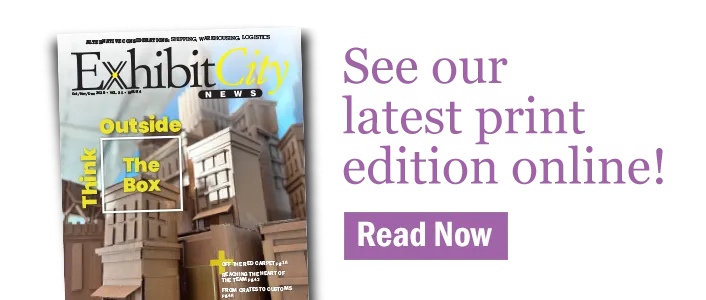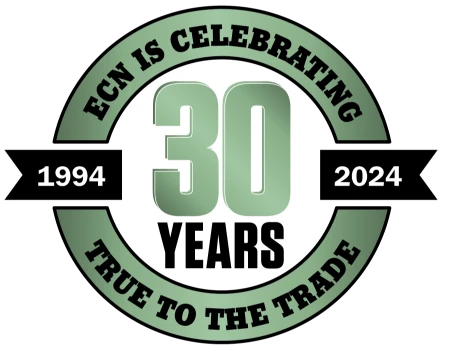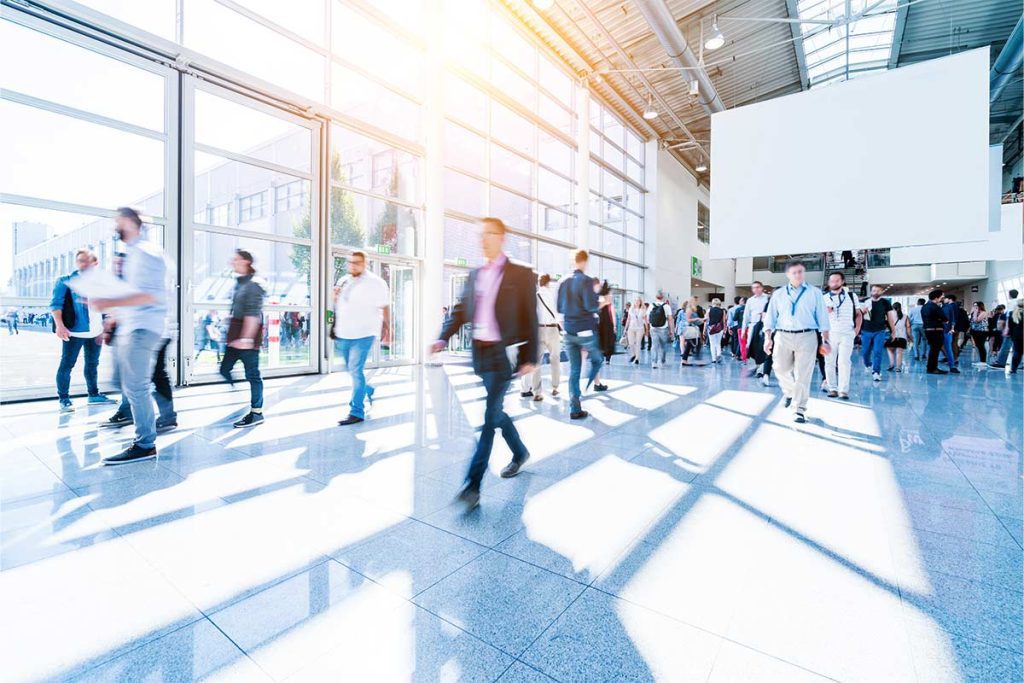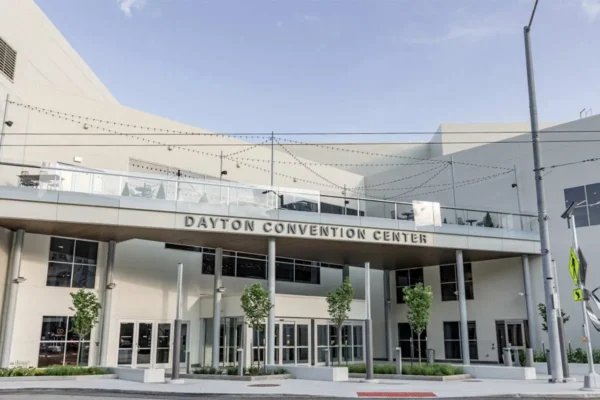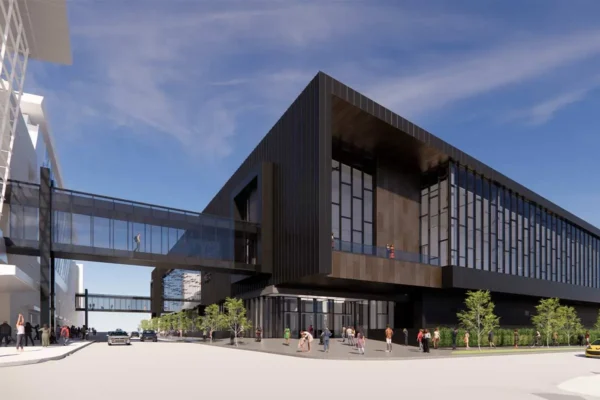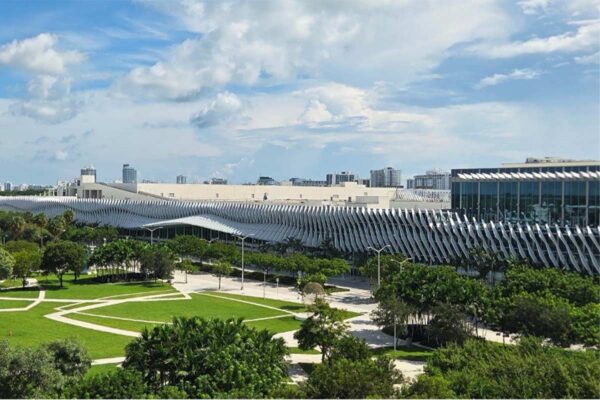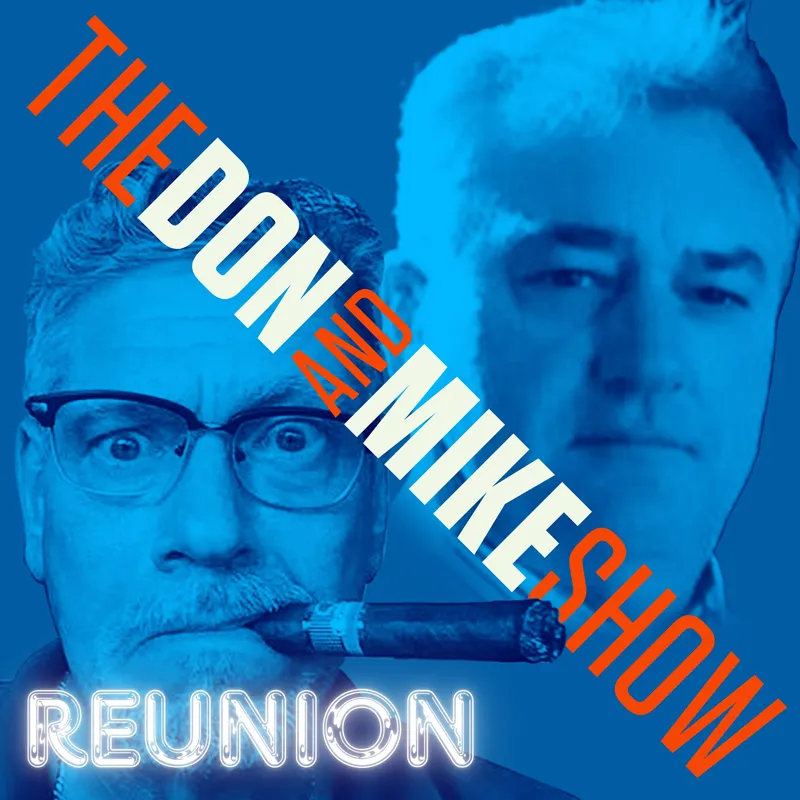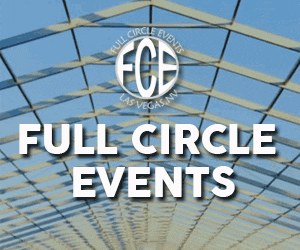Fewer Badges, Tougher Borders
Tradeshows are no longer just about floor plans and lead counts. Global unrest, shifting visa policies, and growing concerns at the border are changing how international participants engage with U.S. events, and in some cases, whether they attend at all. For organizers, exhibitors, and host cities, the impact is becoming harder to ignore.
According to the 2025 International Association of Professional Congress Organisers (IAPCO) Global Socio-Political Impact Survey, nearly 60 percent of non-U.S. event organizers say political conflict or policy changes in their regions have already affected their ability to plan or host events. For one in four, the impact has meant canceling, relocating, or postponing key gatherings.
Now, new federal data shows that similar disruptions are emerging within the United States, as international travel to U.S.-based events continues to decline.
U.S. sees continued decline in international arrivals
Preliminary figures from the Department of Commerce and U.S. Customs and Border Protection show a 14 percent drop in international visits to the U.S. in March 2025 compared to the same time last year. The U.S. Travel Association warns that the decline could cost the country over $21 billion in travel-related export revenue this year if the trend holds.
Canada saw a 26 percent drop in overnight land visits and a 14 percent decline in air travel. Western Europe saw air travel fall by 17 percent, marking its first year-over-year decrease since 2021. Asia remains 25 percent below pre-pandemic levels. These regions have long been considered among the highest-value inbound markets for U.S.-based tradeshows, especially in globally connected sectors like technology, healthcare, and aerospace.
“International travelers are vital for the destination,” Fletch Brunelle, Vice President of Marketing at the Las Vegas Convention and Visitors Authority, told Exhibit City News (ECN) in 2023. “They traditionally make up 14 percent of overall visitation.” That same year, the Las Vegas Convention and Visitors Authority (LVCVA) reported recovery momentum from key markets like Canada and the UK—progress now threatened by rising visa delays, policy shifts, and global instability.
Event organizers face a new normal
For those planning international shows—or even U.S. events that rely on global attendees—operational risk is becoming a growing factor. According to IAPCO, over 49 percent of event organizers reported shifting preferred destinations due to safety or political concerns. That shift is already forcing changes in freight logistics, staffing, speaker sourcing, and even insurance coverage.
For international organizers, permits and approvals have also become a new bottleneck. When asked, 27 percent of IAPCO’s respondents say they’ve encountered unexpected delays or denials due to regulatory hurdles or political shifts in their regions.
A policy divide: protection versus participation
President Donald Trump, who returned to office in January 2025, and some of his supporters say recent disruptions to international participation are a necessary consequence of restoring control over immigration and border policy. In May, the U.S. House of Representatives passed a five-year, $150 billion immigration enforcement package that includes expanded visa vetting, increased staffing at the border, and broader deportation authority.
Trump has repeatedly defended this enforcement-first approach, stating in past remarks that “we want workers… but they have to come in legally.”
Stephen Miller, the former White House advisor and key architect of Trump-era immigration policies, continues to influence their 2025 direction. In a February appearance on The Steve Deace Show, Miller said:
“The distinction between legal and illegal immigration is meaningless if both are used as tools to displace American workers or burden our public systems.” He has long argued for reducing even legal immigration if it risks straining resources or lowering wages.
This policy view holds that immigration, whether legal or illegal, should be strictly controlled to prioritize national security and economic self-interest. While such measures may limit international participation at events, supporters argue that sovereignty and safety take precedence.
Pro-business conservatives push back
Not all conservatives agree. Several pro-business organizations, including the U.S. Chamber of Commerce and New York City Tourism + Conventions, have raised concerns that current immigration and visa policies are slowing the recovery of international tourism and business engagement.
New York City Tourism + Conventions recently revised its forecast, projecting 12.1 million international travelers to the city in 2025—down from 14.6 million in an earlier estimate. “The environment has become more challenging for international visitors,” said CEO Fred Dixon in a May 8 Bloomberg interview, citing visa wait times, shifting federal policy, and perception issues at the border.
While the U.S. Chamber of Commerce has not issued a recent statement specific to the exhibition industry, it has consistently called for immigration reforms that would streamline visa processing and expand legal pathways for foreign talent. In a 2023 letter to Congress, the Chamber wrote that outdated systems and an insufficient supply of work visas “significantly hinder the ability of companies to meet their workforce needs.”
Chamber President Suzanne P. Clark summed up the problem in a January 2023 address: “When a border crisis allows millions to cross illegally into this country, but we can’t get visas processed for engineers and nurses that businesses are desperate to hire and communities need—government isn’t working.”
The Chamber’s position underscores a growing divide within conservative circles—between those emphasizing border enforcement and those advocating for greater legal access to support business growth, international travel, and global partnerships.
Freeman data reinforces shifting attendee behavior
While the Freeman 2025 Commercial Trends Report does not address immigration or geopolitical policy, it does highlight shifting attendee expectations and participation patterns that add relevant context. The report shows that attendees are becoming more selective, with more than half saying they plan to attend only two to three events this year. Travel ease and reliability are among the top factors influencing attendance.
Although Freeman’s research focuses on domestic behavior, some exhibitors surveyed noted declines in international traffic and expressed concerns about factors—such as visa issues or global travel instability—that are largely out of their control. Many say these conditions are already affecting return on investment and long-term planning.
What does this mean for U.S. shows?
As multiple reports and industry sources suggest, these trends are reshaping how U.S.-based events approach international participation. Whether it’s visa delays, political rhetoric, or missed connections, the cumulative effect is a narrowing funnel of attendance. Shows with traditionally global reach may see smaller international pavilions, fewer high-profile speakers, and tighter ROI for multinational exhibitors.
Some organizers are already adapting by building in longer lead times, exploring hybrid content delivery, and forming regional partnerships to reduce reliance on long-haul travel and at-risk markets.
Where both sides agree: this isn’t going away
Even conservative policymakers acknowledge that these shifts are not short-term adjustments. The Trump administration has made clear that enforcement-first immigration policy will continue. Global instability, including war zones and refugee movements, will likely continue to challenge cross-border travel and participation in international events.
Meanwhile, the event industry faces a question of balance: How can U.S.-based tradeshows maintain their international relevance and reach without compromising national policy priorities or attendee confidence?
While the Freeman 2025 Commercial Trends Report does not address immigration or foreign policy directly, it reinforces a key point: event organizers are expected to do more than rent space. As Freeman puts it:
“You’re not just real estate agents selling space. You’re the community developers designing the environments where business happens.”
That community increasingly depends on reliability, accessibility, and planning confidence, regardless of what’s happening at the border.
What U.S. Organizers Can Do Now
- Start early for international participation
Build in longer lead times for international attendees, speakers, and exhibitors. Visa delays remain common. Providing support letters and documentation early can help avoid last-minute disruptions. - Monitor key travel markets
Stay informed on travel patterns from high-impact regions like Canada, Europe, and Asia. Use updates from the U.S. Travel Association (U.S. Travel), the Transportation Security Administration (TSA), and the U.S. Department of State to anticipate changes in attendance or accessibility. - Prioritize regional partnerships
When long-haul travel becomes unpredictable, regional collaboration can help maintain exhibitor diversity and buyer access. Consider partnerships within North and Latin America to keep programs strong and participation steady. - Build hybrid options as backup
Hybrid and on-demand content can help preserve programming when international speakers or attendees cannot travel. Simple livestreams or recorded sessions can keep engagement intact without adding complexity. - Set clear expectations
Use pre-show communications to provide visa guidance, travel requirements, and entry information. Help international participants prepare in advance to reduce confusion and delays. - Stay engaged with advocacy and industry groups
Organizations like the International Association of Exhibitions and Events (IAEE), the Society of Independent Show Organizers (SISO), U.S. Travel, and the Exhibitions & Conferences Alliance (ECA) are active in policy issues affecting international access. Stay connected with the Experiential Designers and Producers Association (EDPA) and the Exhibitor Advocacy Group (EAG), who represent the exhibitor and design community in conversations about real-world challenges on the show floor.
Sources and References
- International Association of Professional Congress Organisers (IAPCO)
Global Socio-Political Impact Survey of 2025 - U.S. Travel Association
U.S. Travel Snapshot: April 2025 - U.S. Department of Commerce / U.S. Customs and Border Protection
Preliminary international arrival data, March 2025 - New York City Tourism + Conventions
Fred Dixon comments from Bloomberg interview, May 8, 2025 - U.S. Chamber of Commerce
Letter to Congress on Immigration Reform, July 19, 2023 - Suzanne P. Clark, President, U.S. Chamber of Commerce
Remarks from annual policy address, January 12, 2023, as reported by Roll Call - Stephen Miller
Interview on The Steve Deace Show, February 2025, as reported by the Washington Examiner - Freeman
Freeman 2025 Commercial Trends Report
- Las Vegas Convention and Visitors Authority (LVCVA)
Fletch Brunelle comments from ECN article, Travel Trends from Top World Markets, June 12, 2023
This story originally appeared in the Q3 2025 issue of Exhibit City News, p. 36. For original layout, visit https://issuu.com/exhibitcitynews/docs/exhibit_city_news_-_jul_aug_sept_2025/36.



